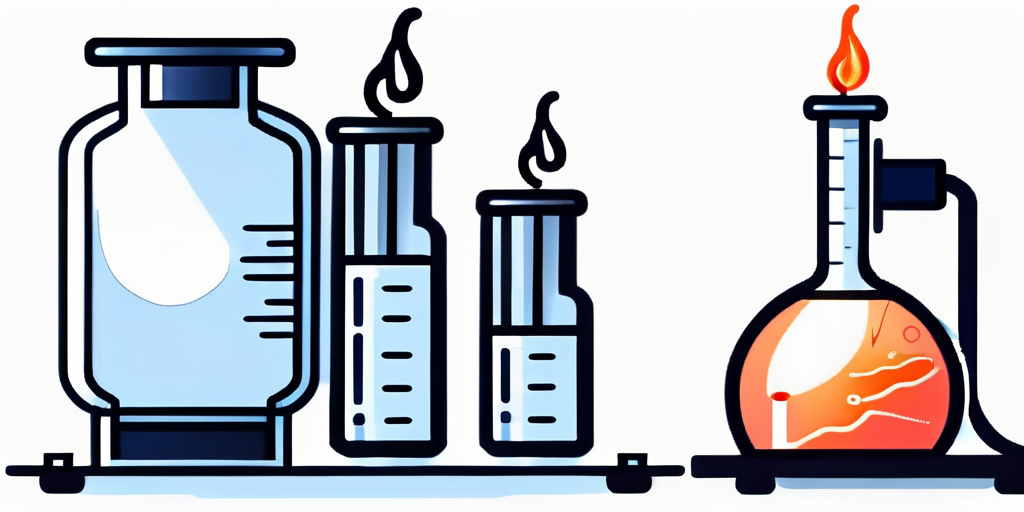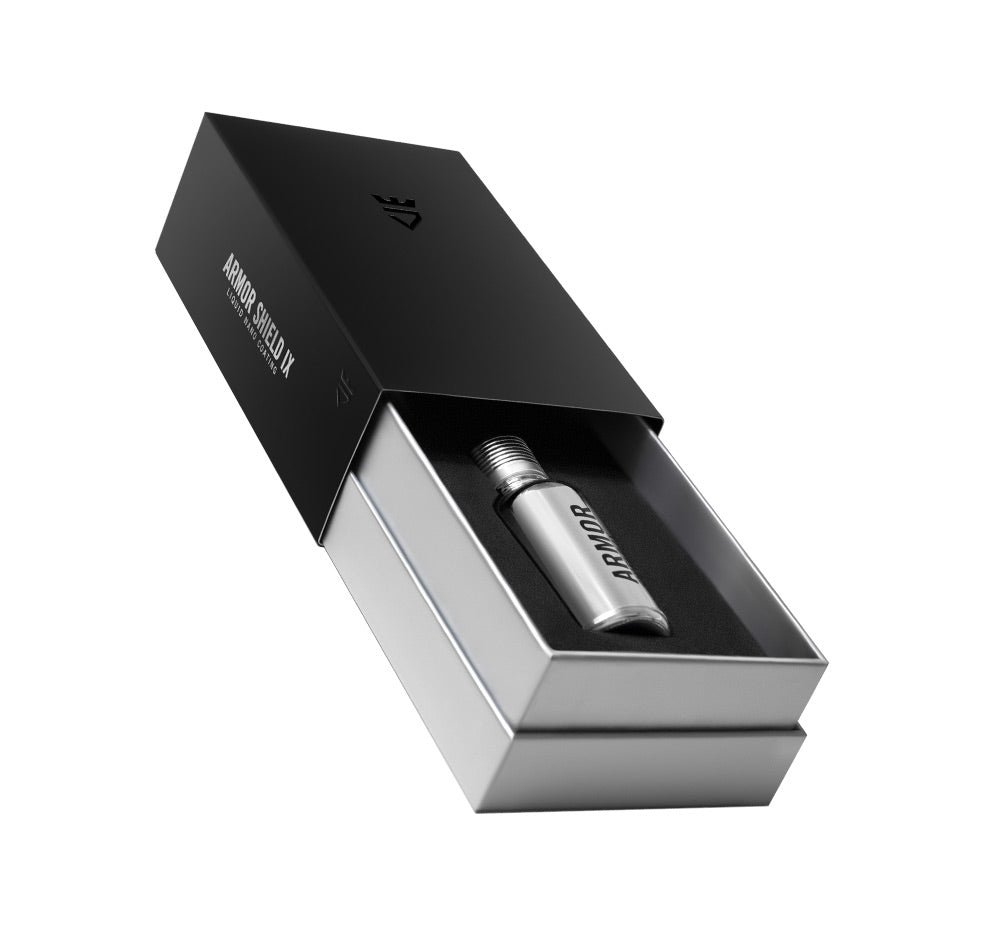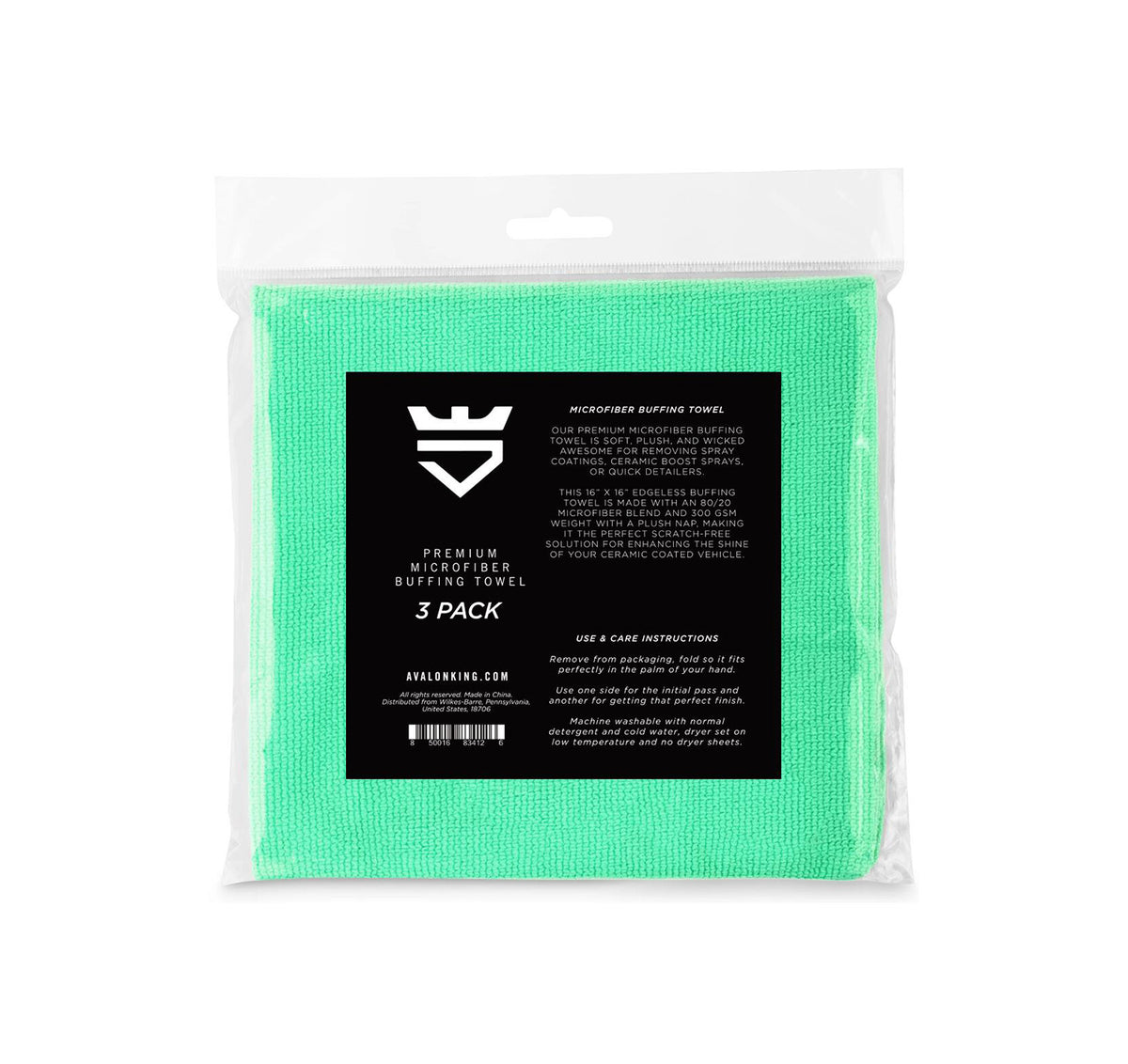What is Flash Point? Explained by AvalonKing
The flash point is a crucial term in the world of ceramic coating, and it's one that's often misunderstood. In simple terms, the flash point is the lowest temperature at which a liquid can vaporize to form an ignitable mixture in air. But there's much more to it than that. In this comprehensive glossary entry, we'll delve into the intricacies of the flash point, its significance in ceramic coating, and how it impacts the overall performance and safety of the product.
Understanding the flash point is not just about knowing a definition. It's about understanding the science behind ceramic coatings, the safety measures that need to be taken during their application, and how they perform under various conditions. So, let's get started on this in-depth exploration of the flash point.
Understanding the Concept of Flash Point
The flash point of a substance is a key property that helps us understand how that substance will behave under certain conditions. It's a measure of the temperature at which a liquid gives off vapors that can ignite in the presence of a flame or spark. This is not the temperature at which the liquid itself catches fire - that's known as the autoignition temperature - but rather, the temperature at which the vapors it gives off can catch fire.
It's important to note that the flash point is not a fixed value. It can vary depending on factors such as the pressure of the surrounding air, the presence of impurities in the liquid, and the method used to determine the flash point. Therefore, when we talk about the flash point of a substance, we're usually referring to a range of temperatures rather than a single, specific temperature.
Flash Point and Fire Hazard
The flash point is a critical parameter in assessing the fire hazard of a liquid. Liquids with low flash points pose a greater fire hazard as they can produce flammable vapors at room temperature. On the other hand, liquids with high flash points are less likely to produce flammable vapors and hence, are considered safer.
However, it's important to remember that the flash point alone does not determine the fire hazard of a liquid. Other factors, such as the liquid's vapor pressure, its autoignition temperature, and the presence of ignition sources, also play a role. Therefore, while a low flash point indicates a potential fire hazard, it does not guarantee that a fire will occur.
Flash Point in the Context of Ceramic Coating
In the context of ceramic coating, the flash point is a crucial factor that influences the product's safety and performance. Ceramic coatings are typically applied as liquids, and these liquids can produce vapors that are potentially flammable. Therefore, understanding the flash point of the coating material is essential for safe application and use.
Moreover, the flash point can also influence the performance of the ceramic coating. Coatings with a low flash point may vaporize too quickly, leading to uneven application and poor performance. On the other hand, coatings with a high flash point may not vaporize sufficiently, resulting in a coating that's too thick and difficult to apply. Therefore, manufacturers of ceramic coatings strive to find a balance, formulating their products to have a flash point that ensures both safety and performance.
How is Flash Point Determined?
The flash point of a liquid is typically determined using one of two methods: the open cup method or the closed cup method. Both methods involve heating the liquid in a special apparatus and introducing an ignition source at regular intervals to see if the vapors catch fire.

The open cup method, as the name suggests, involves heating the liquid in an open cup. This method gives a good approximation of the conditions that might be encountered in a real-world fire. However, it tends to give higher flash point values than the closed cup method, as the vapors are allowed to disperse into the surrounding air.
The Closed Cup Method
The closed cup method, on the other hand, involves heating the liquid in a sealed cup. This method gives a more conservative estimate of the flash point, as it prevents the vapors from dispersing. Therefore, it's often used for regulatory and safety purposes.
However, the closed cup method has its limitations. For one, it doesn't accurately simulate the conditions of a real-world fire, where the liquid would be exposed to the open air. Moreover, the closed cup method can give misleadingly low flash point values for liquids that produce heavy, non-flammable vapors, as these vapors can displace the flammable vapors in the cup.
Flash Point Testing in Ceramic Coating
In the ceramic coating industry, flash point testing is a standard part of product development and quality control. Manufacturers typically use the closed cup method to determine the flash point of their coating materials, as this method gives a conservative estimate of the fire hazard.
However, it's important to note that the flash point is just one of many properties that manufacturers consider when formulating their coatings. Other properties, such as the coating's hardness, adhesion, and resistance to chemicals and UV radiation, are also crucial for ensuring the product's performance and durability.
Implications of Flash Point in Ceramic Coating Application
The flash point of a ceramic coating has significant implications for its application. As mentioned earlier, coatings with a low flash point can vaporize too quickly, leading to uneven application and poor performance. Therefore, applicators need to take the flash point into account when choosing a coating and planning the application process.
For instance, if a coating has a low flash point, it may be necessary to apply it in a well-ventilated area to prevent the buildup of flammable vapors. It may also be necessary to use special application techniques to ensure an even coating. On the other hand, if a coating has a high flash point, it may require a longer drying time or a higher drying temperature to ensure proper curing.
Flash Point and Safety Measures
From a safety perspective, understanding the flash point of a ceramic coating is crucial. Coatings with a low flash point pose a greater fire hazard, so extra precautions may be needed during their application. These precautions could include using non-sparking tools, eliminating ignition sources, and wearing flame-resistant clothing.
Moreover, the flash point can also influence the storage and handling requirements of the coating. For instance, coatings with a low flash point may need to be stored in a cool, well-ventilated area away from ignition sources. They may also require special packaging to prevent the escape of flammable vapors.
Flash Point and Performance
The flash point of a ceramic coating can also impact its performance. As mentioned earlier, coatings with a low flash point may vaporize too quickly, leading to uneven application and poor performance. Therefore, manufacturers strive to formulate their coatings to have a flash point that ensures both safety and performance.
However, achieving this balance can be a challenge. If the flash point is too high, the coating may not dry properly, leading to poor adhesion and a lackluster finish. If the flash point is too low, the coating may dry too quickly, leading to an uneven finish and poor durability. Therefore, finding the right flash point is a crucial part of the coating formulation process.
Conclusion
In conclusion, the flash point is a key property of ceramic coatings that influences their safety, application, and performance. Understanding the flash point can help users choose the right coating for their needs, apply it safely and effectively, and achieve the best possible results.
While the flash point is a complex concept, it's one that's well worth understanding. So, whether you're a professional applicator or a DIY enthusiast, we hope this comprehensive glossary entry has helped you gain a deeper understanding of the flash point and its significance in the world of ceramic coatings.
Now that you're equipped with the knowledge of flash points and their importance in ceramic coatings, it's time to put that understanding to good use. Explore AvalonKing's range of premium car care products, including our advanced ceramic coatings, to ensure your vehicle not only shines but is also protected with the highest safety standards in mind. Check out our products today and experience the difference quality makes!










